Mr.Lite LT2

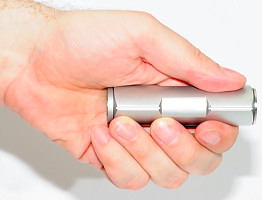
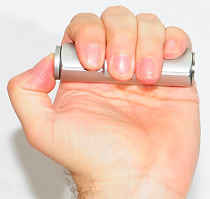
Mr.Lite is a manufacturer with a broad selection of lights, here I am taking a look on a unusual shaped light. This light is triangular in shape and uses the full Mr.Lite user interface (See below).
I received only the light, no box or accessories was supplied for the review. According to MrLite's website the only accessory is a nylon holster.
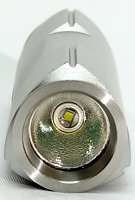
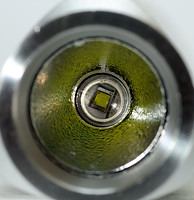
Seen from the front the triangular shape is very obvious. The light has an OP (Orange peel) reflector with a Cree XR-E led in the center.

It is possible to open the front of the light.
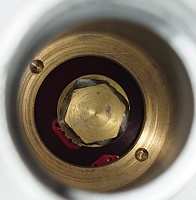
Looking into the battery tube, the connection for the battery + pole can be seen, it is a solid piece of metal.
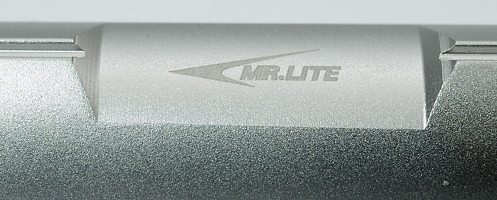
The body is aluminum colored with a discrete Mr.Lite marking on it. That is the only marking on the light.
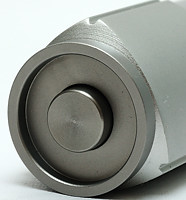
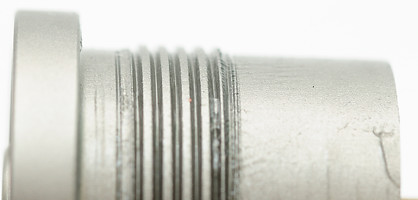
The tail has a reverse switch with a stainless steel button. It is a long tailcap and the treads on the tailcap are very nicely done and works smooth.
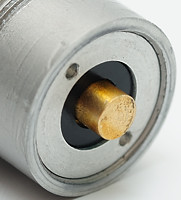
The inside of the tailcap has a spring with a cap on for connection to the battery, again very nicely done.

Here is the complete light with all parts it can be dismantled in without tools.

The standard user interface has lots of settings, but is missing a real low.
The light is not a compact design for a CR123 light, but I like the triangular shape, it fits nicely in my hand and it also prevents the light from rolling. The light has a good build quality and finish. But I do not like the long list of modes in two groups or that the maximum brightness is rather low (The light is bright, but some light on the market are brighter).
Technical specification and measurements
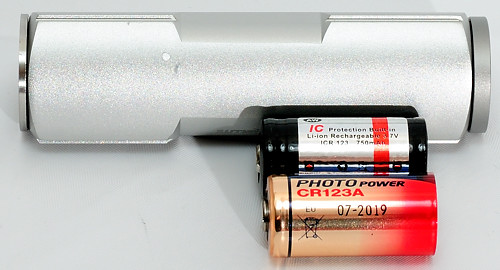
The driver is designed to work on CR123 batteries, but the light will also work on LiIon batteries.
Measured size and weight:
Length: 95.6 mm
Diameter: 24.1 to 27 mm
Weight: 116.3 gram with CR123 battery
The light uses a Cree XR-E led.
The light has 5 brightness settings, controlled with pwm and 4 flashing modes

I have collected all modes in a table. For the brightness I used a luxmeter and then scaled the values, the pwm is measured with my oscilloscope and a light sensor, the current with my DMM on peak/average (Fluke 289). For the estimated runtime I have take the current measurements and divided into 1.4 (i.e. a 1400 mAh battery), this is a very rough estimate.
PS: The , in the table is a decimal point.
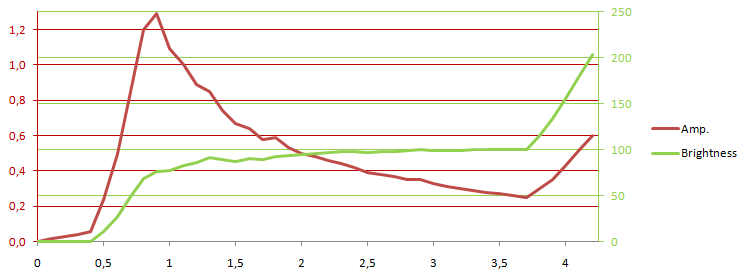
Doing a voltage sweep and recording current and brightness shows that the light has a stable light output with CR123 batteries, but LiIon has to high voltage, it will go into direct drive. Because this light is running at a low power level (Around 1 watt from 0.8 to 3.8 volt and 2.5 watt at 4.2 volt), this is not in any way dangerous for the led. This power levels also means that the light cannot reach the specified 230 lumen.
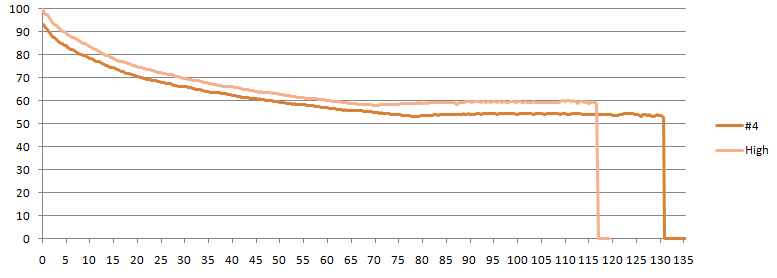
I did not do any runtime with CR123 batteries, they would be long and flat, instead I have done two with LiIon. The first part of the run is with direct drive. Later on when the battery voltage gets low enough, the regulation kicks in and keeps the brightness stabilized until the battery is empty.
Note: The LiIon battery was measured to 530mAh

The light uses pwm at 280 Hz to regulate the light, but looking at the signal it contains other frequencies from the converter. The above trace is from low brightness (10% pwm).

#3 brightness with 60% pwm.

High brightness with 98% pwm.

The strobe is 14 Hz and uses 50% duty cycle


SOS uses a 0.5 second unit, it takes 13.5 seconds to send a sos and there is a 53 second pause between transmissions. The only difference between the two sos settings is the brightness.

The standby selection has a 0.05 second flash each 8.7 second.
Comparison to other Flashlights
Beamshots and a comparison to other lights can be found here.
Notes
The light was supplied by Mr.Lite for a review.























